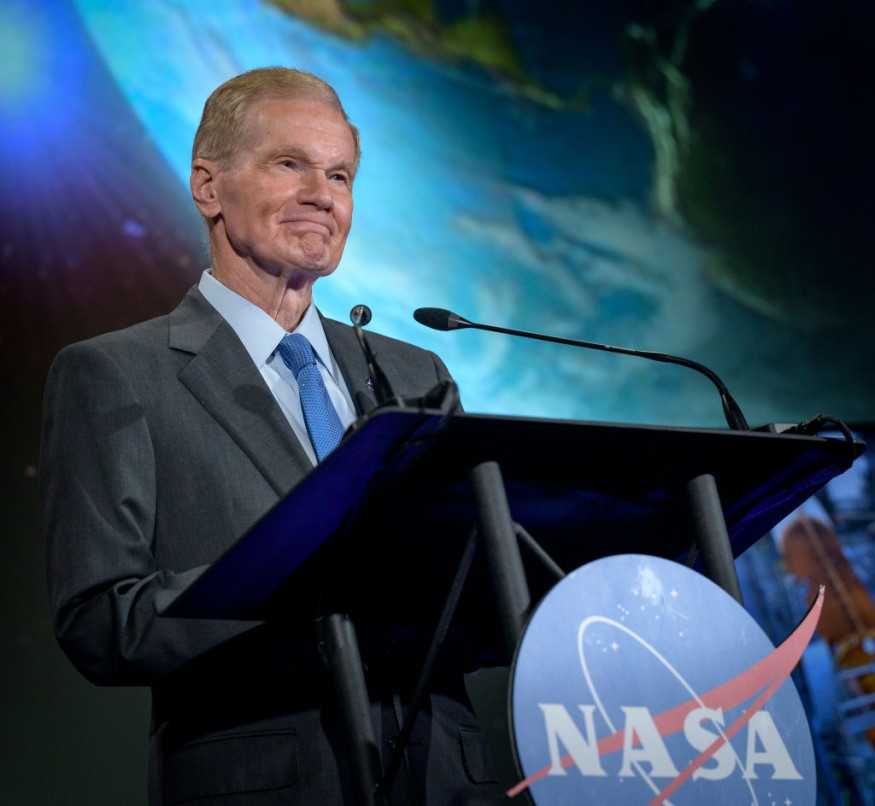Charles River Analytics has been awarded a ~$125K contract from NASA to give teams of exploration robots the ability to act as an autonomous swarm. Charles River has partnered with Dr. Carlo Pinciroli of Worcester Polytechnic Institute's Novel Engineering for Swarm Technologies (NEST) Lab to support future missions of NASA's Lunar Exploration Program.

READ ALSO : NASA Approves Near-Earth Object Space Telescope; Will It Improve Planetary Defense Efforts?
As efforts grow to establish a sustained human presence on the Moon, NASA needs to explore and understand the composition and origin of the lunar surface. Robots and multi-robot systems are being developed that can take measurements and explore hills, craters, and even lava tubes, but these robots also have to coordinate their activity autonomously when they can't communicate with controllers on Earth.
ASTER (Autonomous Swarming for Teams of Exploration Robots) will explore cooperation and behavior allocation for autonomous teams of 4-10 robotic vehicles. It combines the Swarm Coordination Framework developed at Charles River Analytics and the Buzz Programming Language developed by Dr. Pinciroli at the NEST Lab (both developed for real-world, heterogeneous robot swarms) to give robot teams the ability to divvy tasks among themselves, with each robot recognizing which job it can do best, given what it knows about the available tasks and all the other robotic vehicles on its team.
Due to dust, mechanical wear, and harsh environments, robots almost always lose some technical capability. Robot teams must learn to anticipate and detect any deterioration that occurs and use their combined capabilities to work around the damage. ASTER will also give the robot team this ability with its degradation and fault management algorithms.
"Robots are our exploration pioneers," said David Koelle, Technical Lead on the ASTER effort. "To understand our universe and prepare for our presence on a new planet, advance robot teams will have to work together effectively, anticipate each other's needs, and troubleshoot real-world problems without human intervention."
Koelle shared the excitement of his team, not just for ASTER, but as they review current efforts like NASA's Cooperative Autonomous Distributed Robotic Exploration (CADRE) project and plan systems to support future autonomous robot exploration of the Moon, Mars, and beyond.
RELATED ARTICLE : NASA's DART Spacecraft That Will Save Earth From Giant Celestial Bodies Nears Completion; Will It Messily Smash Asteroids?
© 2025 ScienceTimes.com All rights reserved. Do not reproduce without permission. The window to the world of Science Times.









